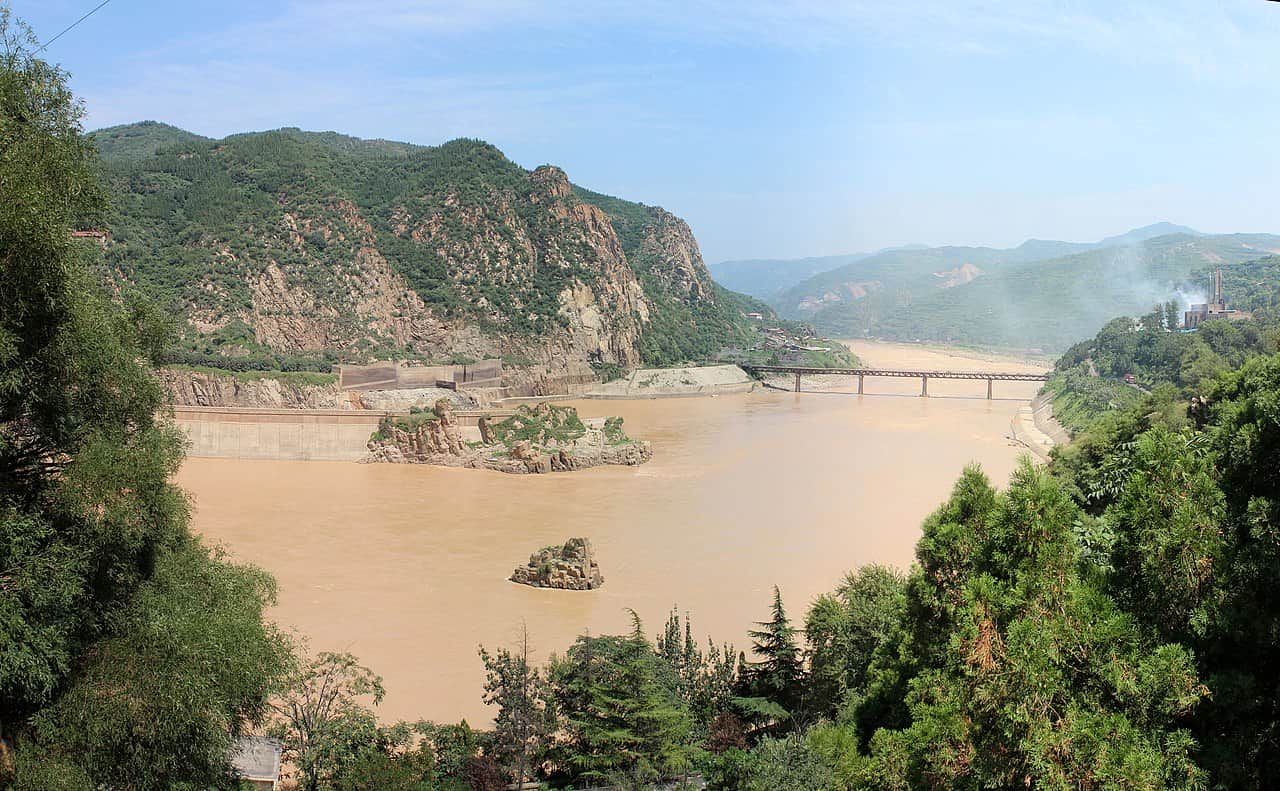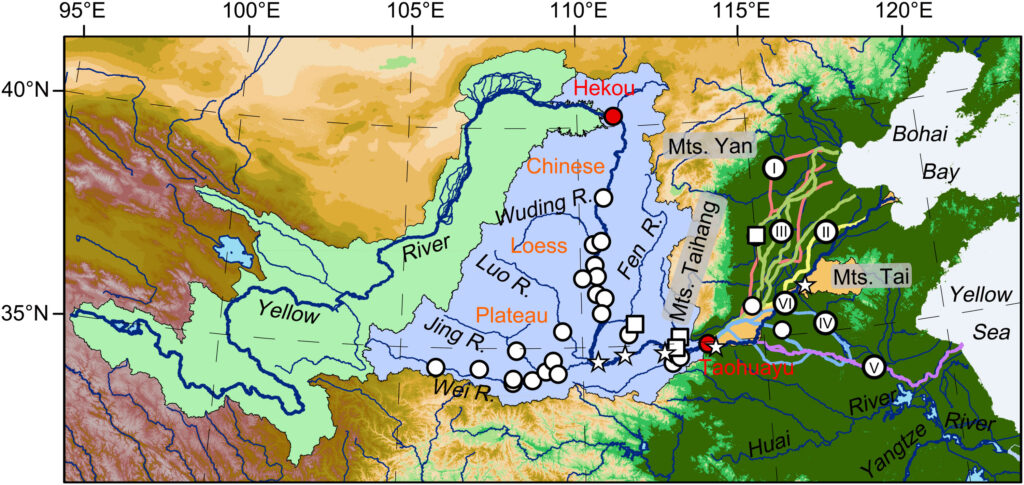The Yellow River is the second largest river in China, starting at the Bayan Har mountains in the province of Qinghai and flowing for thousands of kilometers into the Bohai Sea in the province of Shandong. It’s usually described as a joy and sorrow in the country, as it supplies water to millions but also floods vast areas of land every year.

A new study has revealed that people lining parts of the river with mud banks over time, in an effort to prevent the river from spilling onto croplands, actually made the situation worse. Researchers analyzed sediments and river records to understand its overall impacts throughout the past millennium.
Geologists, paleontologists and environmental scientists from Jiangsu Normal University and the Chinese Academy of Science compiled a timeline of floods on the river. They found floodings were rare between 12,000 and 7,000 years ago but became common following the expansion of human settlements 4,000 years ago.
The ungovernable river
The river takes sediment from the Loess Plateau, which gives its water its distinctive yellow color. The sediment usually settles on the river bed and raises its height, making the river especially flood-prone in the lower reaches. In 1887, a flood is said to have killed two million people, making it one of the deadliest natural disasters in history.
This triggered attempts to regulate the river, especially during the era of imperial China (221 AC to 1912). Many strategies were proposed and practiced, which the researchers summarize in two contrasting categories: “widening the channel to entrap sediments” versus “narrowing the channel by embankment to scour sediments.”

To explore how effective the embankments were, the researchers visited several sites along the river and collected sediment samples. They also gathered flood records created by people living there. By bringing both sources together, they could create a very comprehensive history of the Yellow River flooding that goes back 1,000 years.
The study showed that flooding rates increased when people began building the embankments. In fact, flooding happened 10 times more often in the past 1,000 years compared with before the start of the ancient Chinese civilization. Human activity explains about 80% of the increase in flood rates, the researchers told New Scientist. The study published in the peer-reviewed journal Science Advances on Thursday found that modifications that raised the risk of flooding involved clearing vegetation for agriculture in the Loess Plateau, the main water and sediment source of the lower Yellow River, as well as building embankments downstream. Ironically, even the measures meant to reduce the risk of flooding in the short term ended up causing more damage.
Flooding due to artificial embankments is no longer an issue in the Yellow River thanks to a policy from the Chinese government to keep wild riverside vegetation, which helps to reduce the flow of soil into the river. However, embankments are still used in other parts of the world, with this new study bringing in lessons to other countries.
“Our results provide a knowledge base not only for the planning and design application of river engineering but also for developing deliverable adaptive strategies and preventive measures that may be readily transferable to other human-dominated rivers,” the researchers wrote in their new paper in the journal Science Advances.






